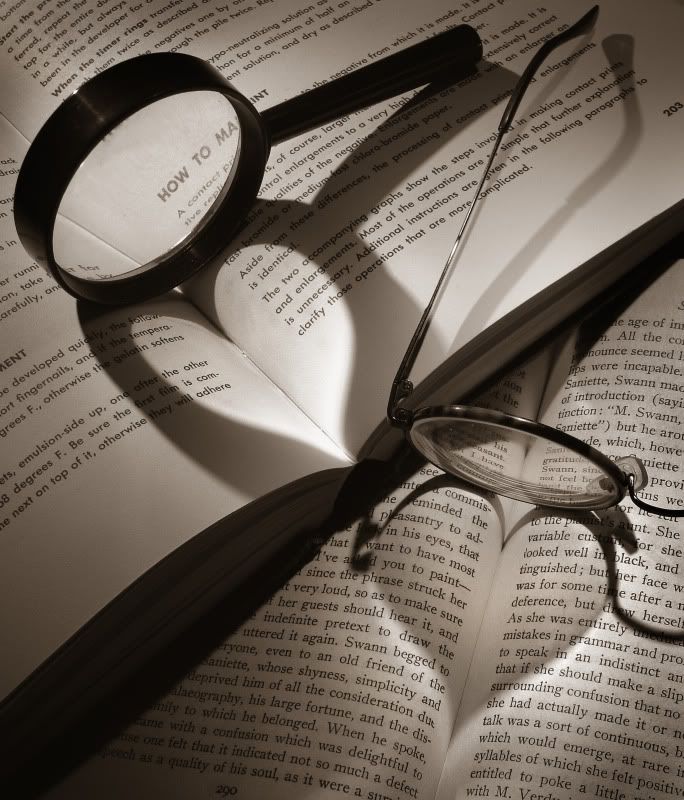Here is the schematicaly drawing.
Attachment 37920
To determinate the nodals points one has to focus the lens at a distant subject. Now the lens - not the camera - will be panned, moved perpendicular to the optical axis of the lens, and moved alonge the optical axis up to the point the image on the ground-glass doesn't moves during panning. (The position of the ground-glass has to be realigned to compensate the moving of the lens along the optical axis.) Now the plane perpendicular to the pan axis is the front nodal p point.
For determinating the rear nodal point p' the same procedure has to repeated with the rear cell of the lens.
Cheers
Peter



 Reply With Quote
Reply With Quote





Bookmarks